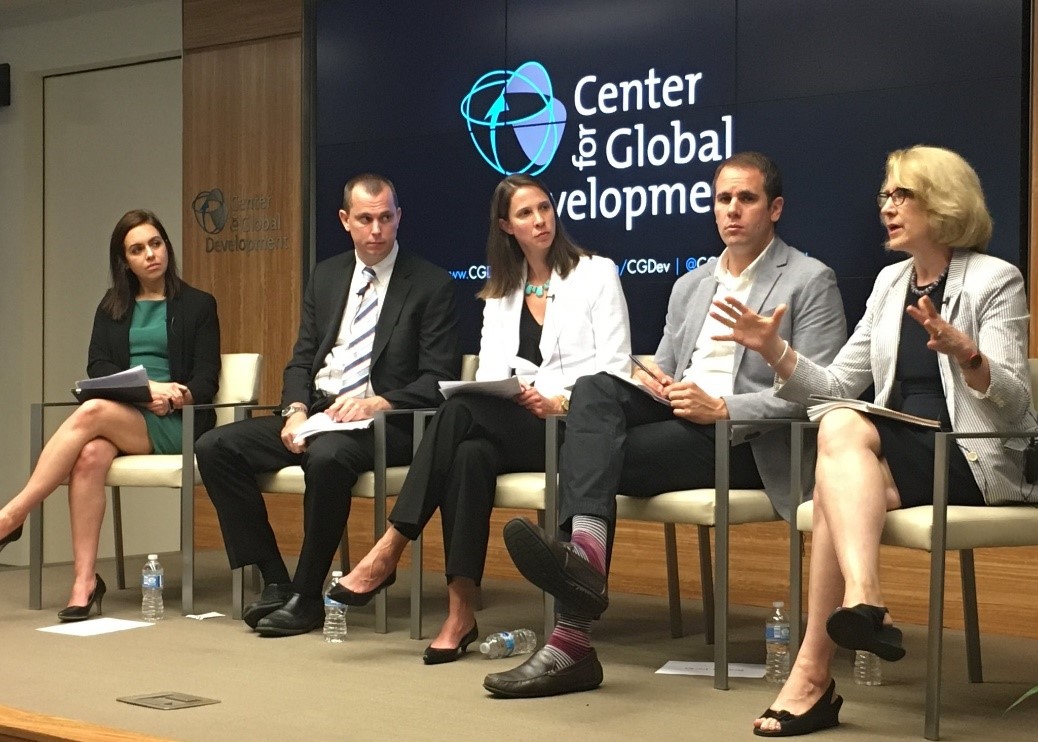We are pleased to join 12 colleagues in signing the Redesign Consensus: A Plan for US Assistance that launched today. The four main recommendations are to empower USAID as the lead independent aid agency, to create a full-fledged development finance institution, to establish a global development and humanitarian strategy, and to upgrade systems to better manage personnel, procurement, information, and evidence. This proposal concretely advances the dialogue between Congress, the administration, and civil society on reforming the US development architecture. It captures the main conclusions of a series of robust discussions among a diverse group of leaders, experts, and practitioners—and it represents a bold and comprehensive vision for a more coherent and modern development architecture.
Importantly, the recommendations of the Redesign Consensus represent a holistic package. Policymakers should—indeed must—pursue such reforms in order maintain the impact and relevance of US development engagement. But the bulk of the major structural reforms should roll out in a comprehensive, rather than piecemeal, manner. Taking an a la carte approach to these recommendations would in some instances undermine their effectiveness. For example, the recommendation to move PEPFAR and other aid programs from State to USAID is most viable if joined with the recommendation that the USAID Administrator be simultaneously empowered with more expansive budget and planning authority.
Given that implementing a comprehensive reform package would require legislation and/or lengthy administrative and consultative processes, we also believe it is important to act now to build momentum. Action on a set of immediate, actionable reforms—low-hanging fruit options —could “grease the skids” for a more comprehensive reform effort. In July, we proposed just such a set of 14 practical recommendations (many of which are also included in the Consensus) that could advance progress, separately or together, while laying the groundwork for a full redesign.
Finally, we underscore the sentiment in the Redesign Consensus that moving around deck chairs alone will not yield greater impact. Any changes should be accompanied by renewed focus, changes, and requirements around increased effectiveness, accountability, and transparency. This should include a standard approach to assess program effectiveness, as well as emphasis on cost-benefit analysis and impact evaluations. It is the combination of changes in structure, incentives, and accountability for results that will drive a broader cultural and bureaucratic transformation. Such a transformation would not only help make the best use of precious taxpayer dollars, but also most expeditiously advance our national security objectives.
CGD blog posts reflect the views of the authors, drawing on prior research and experience in their areas of expertise.
CGD is a nonpartisan, independent organization and does not take institutional positions.





